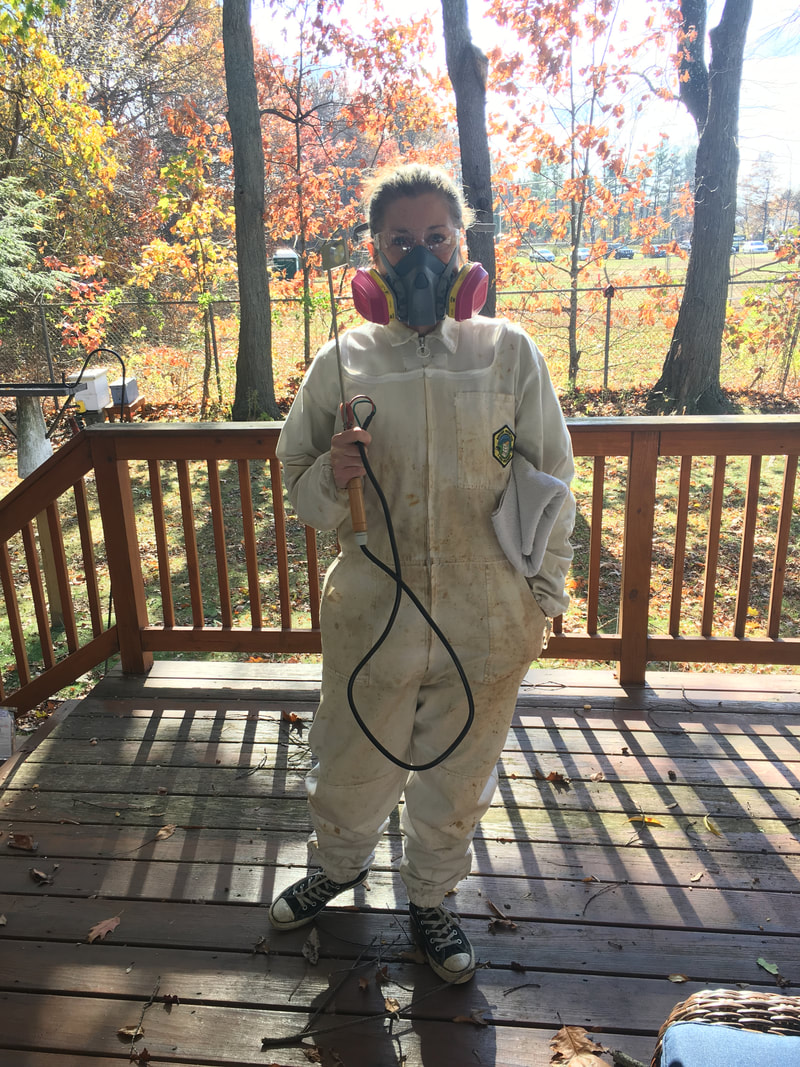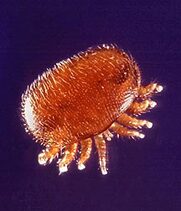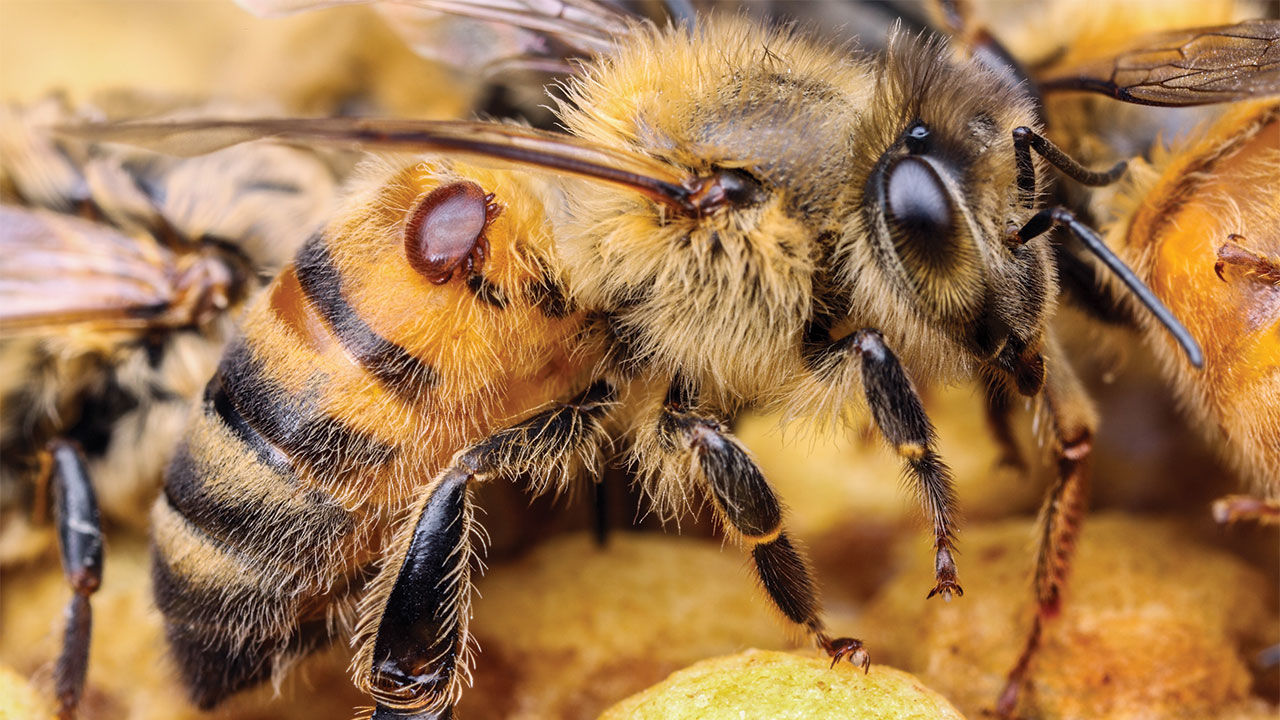What is oxalic acid? Oxalic acid is a naturally occurring acid found in plants. It became popular in Europe & Canada for treating Varroa Mites in a honey bee hive and has now been approved by the EPA to treat honey bee colonies in the United States.
To apply the oxalic acid to our bees, we use the vaporizer method. The nifty contraption I'm holding in the photo above is our vaporizer. We place some oxalic acid powder into the vaporizer, slide it in to the hive entrace, block the entrance to keep the fumes in and hook the vaporizer up to a small tractor battery. The vaporizer heats up and turns the powder to vapor which rises throughout the hive treating all the bees for mites. The gas is safe for the bees but we humans are not supposed to breathe it in, thus the respirator.
Our hives are looking pretty strong so we're hoping this helps them get through the winter. Cross your fingers for them!






 RSS Feed
RSS Feed